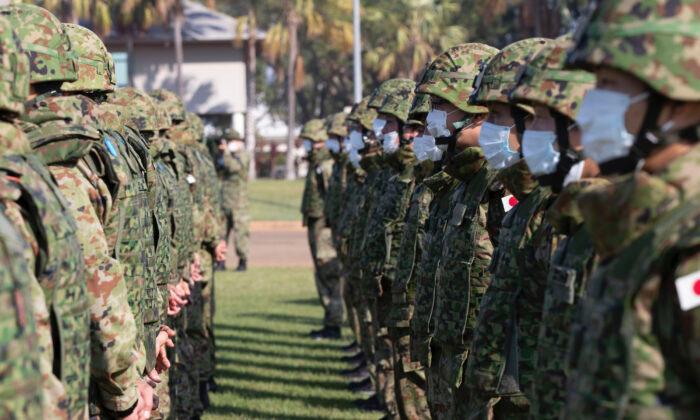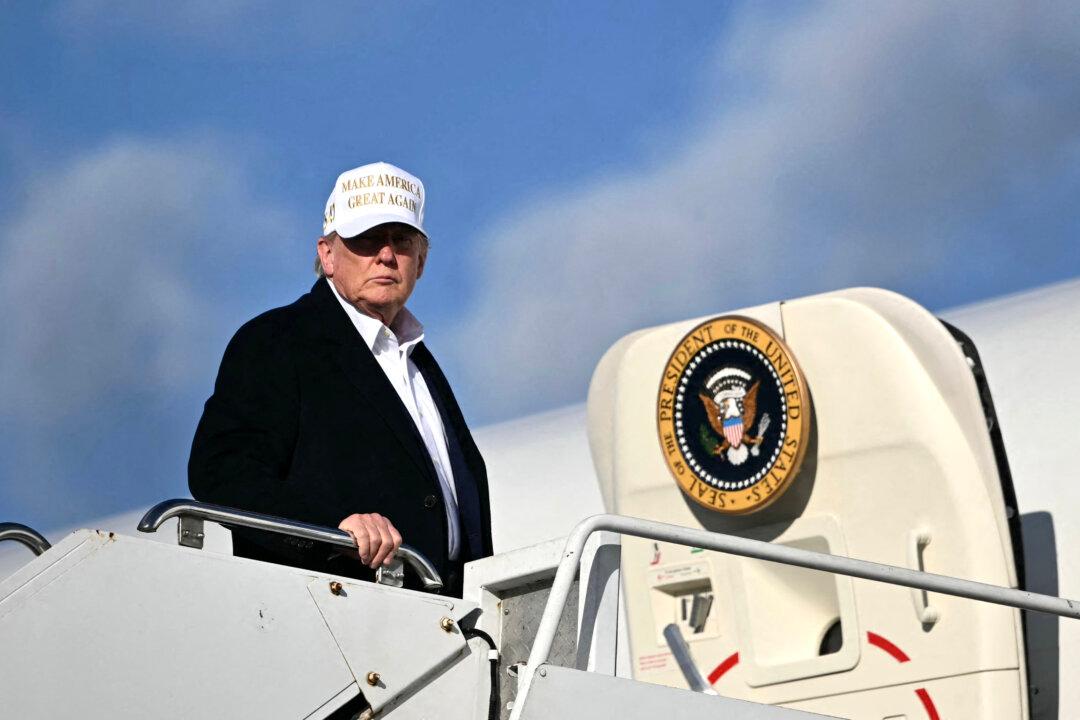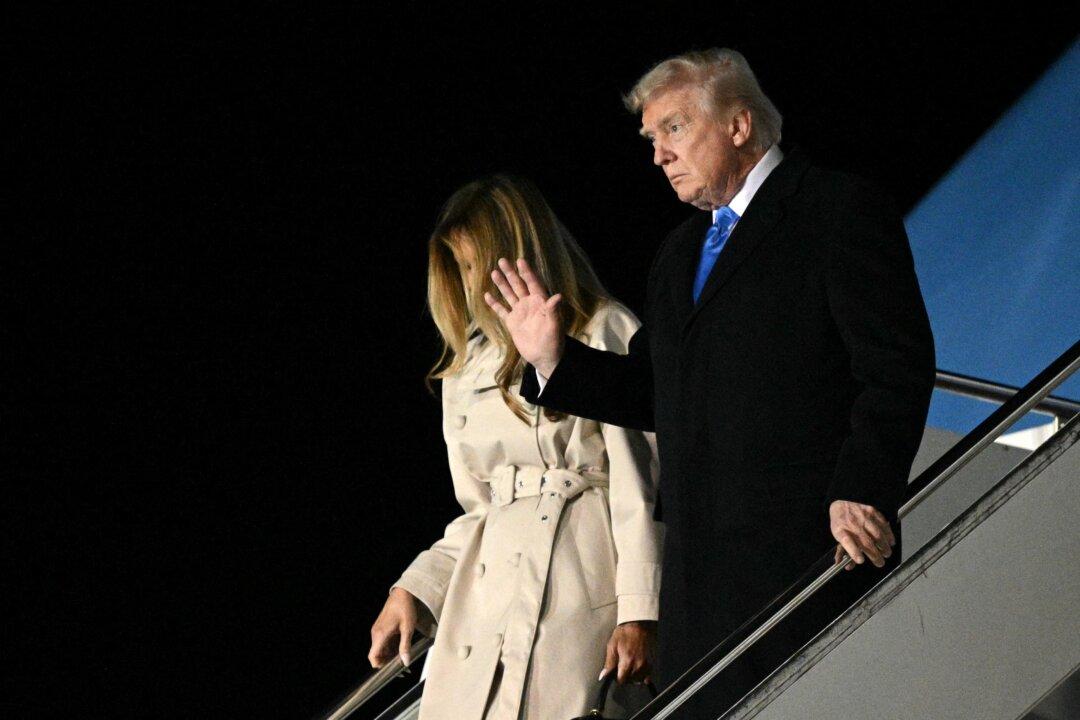Japan’s cabinet approved Friday a record 114.5 trillion yen (around $862 billion) budget for the 2023 fiscal year, with a large portion earmarked for welfare and defense spending amid rising regional security challenges from China.
The defense budget includes expenditures for the improvement and mass production of the Ground Self-Defense Force’s surface-to-ship guided missiles, which are expected to be a key component of Japan’s counterstrike capabilities.
Other items on Japan’s military spending list over the next five years include high-speed glide weapons, hypersonic missiles, surveillance drones, and U.S.-made Tomahawk missiles.

To fund spending for Japan’s military, the government planned to implement corporate, tobacco, and income tax hikes but stopped short of deciding when the measure would go into effect.
Wary Eye On China
Japan seeks to have the ability to counterattack as it deals with regional security challenges from China, North Korea, and Russia. The government approved three key defense documents last week, including the National Security Strategy, which refers to China as Japan’s “greatest challenge.”The move is widely seen as a departure from Japan’s post-war constitution, which renounces war or the use of force in settling international disputes. But Kishida said that Japan would maintain its exclusively defense-oriented policy, which states that defensive force could only be used in the event of an attack.
Japan is concerned about its own vulnerability as China expands its military presence near Taiwan and the East China Sea. The Chinese Communist Party (CCP) regime had not ruled out using force to bring Taiwan under its control.
US, Australia Ask Japan’s Cooperation
U.S. Defense Secretary Llyod Austin said on Dec. 6 that the United States will increase the rotational presence of bomber task forces, fighters, as well as its navy and army in Australia, amid China threats.
“China’s dangerous and coercive actions throughout the Indo-Pacific, including around Taiwan, and toward the Pacific Island countries and in the East and South China Seas threaten regional peace and stability,” he added.
Both countries agreed to “enhance trilateral defense cooperation and to invite Japan to integrate into our force posture initiatives in Australia,” Austin said.
Australia’s Minister of Defense, Richard Marles, stated that their enhanced defense posture will result in an increase in bilateral cooperation across all domains and that they were also looking at increased force posture cooperation in enhancing the capacity of facilities in Australia.
“It’s really important that we are doing this from the point of view of providing balance within our region and involving other countries within our region. And we look forward to being able to have more engagement with Japan in terms of that force posture cooperation,” Marles said.





